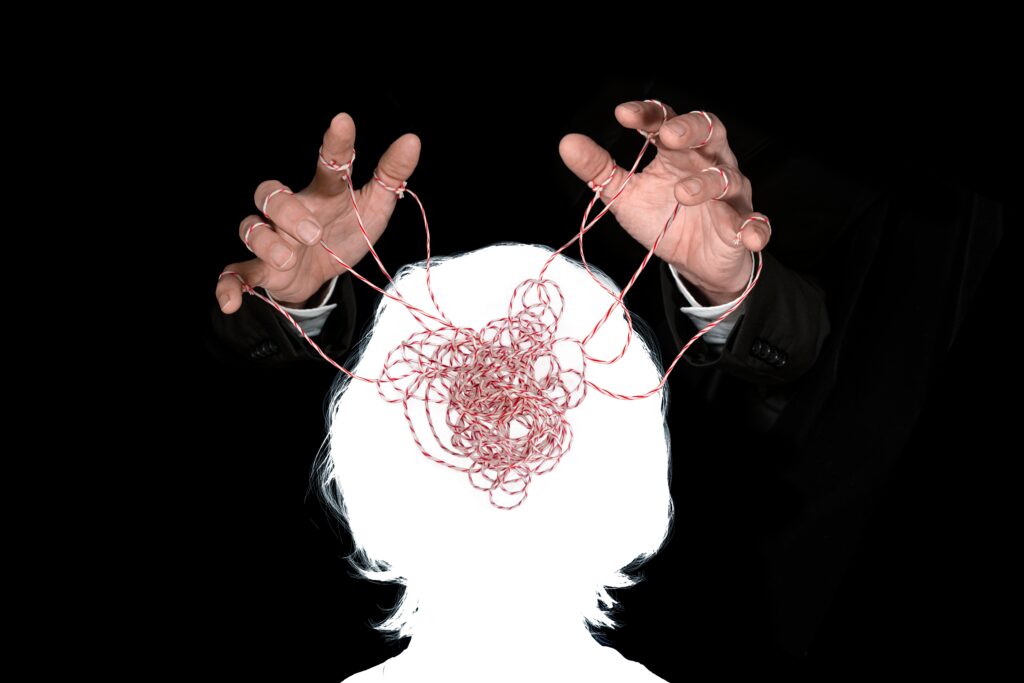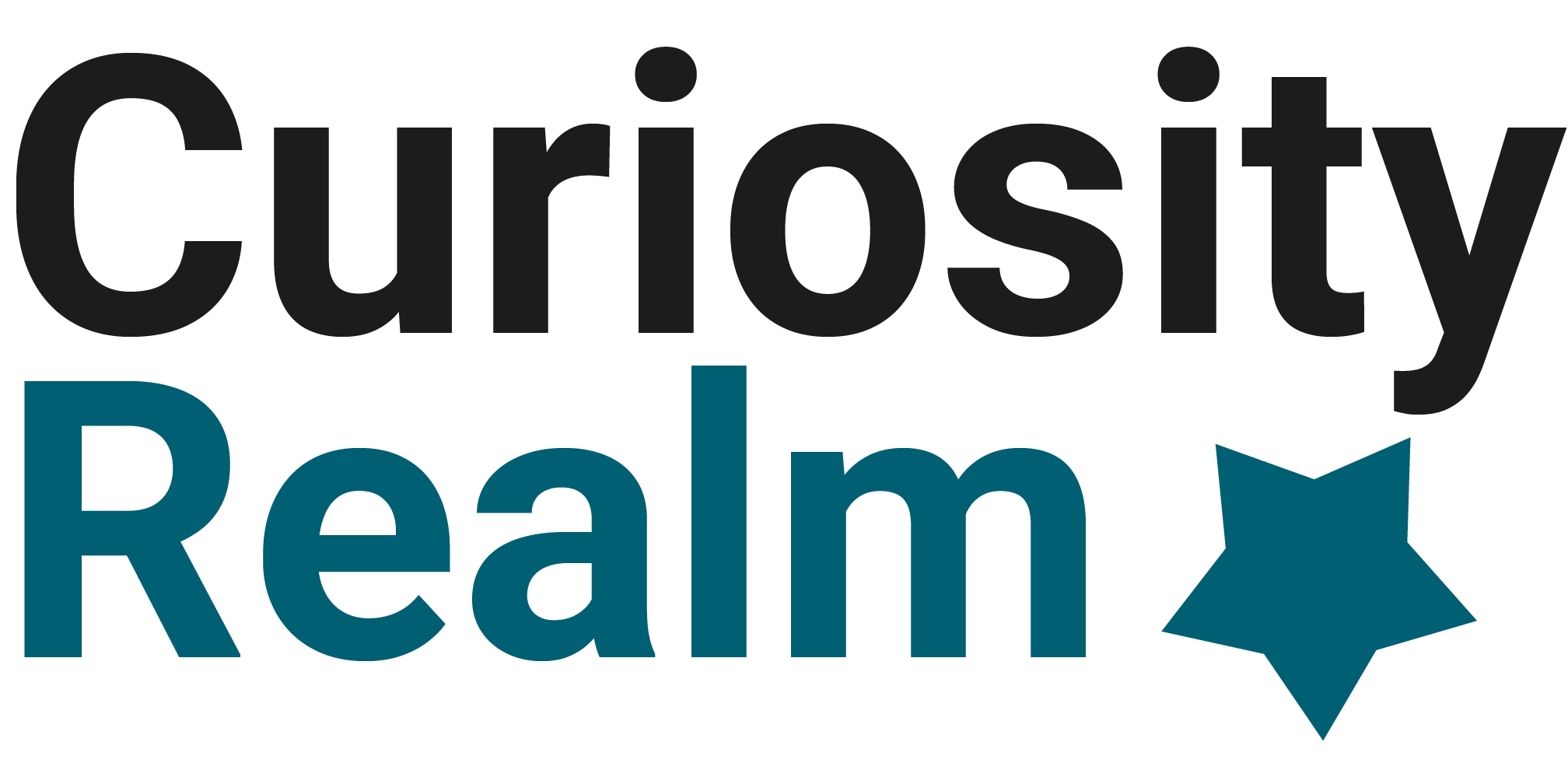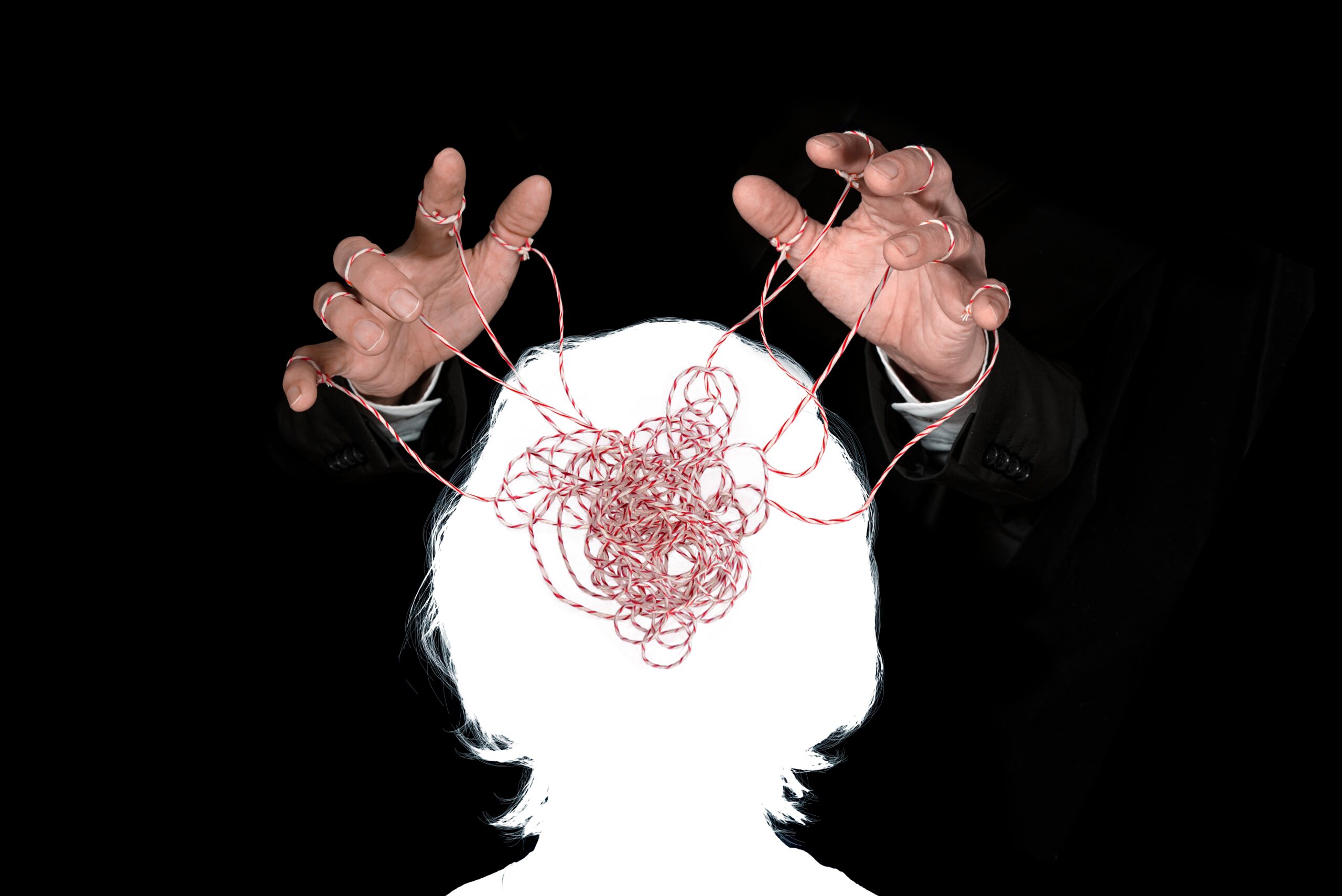Sometimes, reality defies belief. History has proven time and again that the wildest ideas, those dismissed as paranoia, can turn out to be undeniable truths. When we look at past conspiracy theories that turned out to be real, we are forced to ask ourselves: How often do we dismiss something just because it doesn’t fit into our current worldview? Here are five conspiracy theories that once seemed ridiculous but were later proven true.

Outline
- The Government Poisoned Alcohol During Prohibition
- The CIA’s Mind-Control Experiments (MKUltra)
- The FBI’s COINTELPRO Program
- Big Tobacco Knew Cigarettes Cause Cancer But Covered It Up
- The Gulf of Tonkin Incident Was Manipulated to Justify War
- What These Theories Teach Us About Truth
- FAQs
1. The Government Poisoned Alcohol During Prohibition
At the height of Prohibition in the 1920s, a bizarre rumor spread: the U.S. government was deliberately poisoning alcohol to deter consumption. The idea seemed absurd—why would a government intentionally harm its own people?
Yet, historical records confirm that federal authorities ordered industrial alcohol suppliers to add lethal chemicals to their products. This tactic, intended to curb illegal bootlegging, resulted in thousands of deaths. What began as a “crazy” theory turned into an irrefutable fact: the government had weaponized poisoning as a form of social control.
2. The CIA’s Mind-Control Experiments (MKUltra)
For decades, whispers of secret mind-control experiments filled the fringes of conspiracy communities. Tales of government-backed drug trials and psychological torture were met with ridicule—until official documents surfaced.
Project MKUltra was a covert CIA program conducted between the 1950s and 1970s, aiming to develop methods of mind control. Scientists experimented with LSD, hypnosis, and electroshock therapy on unwitting citizens, hoping to manipulate thoughts and behaviors. When the program was exposed, it shattered public trust in institutions that were supposed to protect, not exploit.
3. The FBI’s COINTELPRO Program
During the civil rights movement, activists claimed the FBI was deliberately undermining their efforts through covert operations, surveillance, and smear campaigns. Detractors dismissed these concerns as paranoia—until declassified files proved otherwise.
COINTELPRO (Counter Intelligence Program) targeted leaders like Martin Luther King Jr. and Malcolm X, using disinformation, harassment, and infiltration to discredit them. The program’s exposure revealed a disturbing reality: those who challenge the status quo are often the most heavily surveilled.
4. Big Tobacco Knew Cigarettes Cause Cancer But Covered It Up
For much of the 20th century, cigarette companies insisted smoking was harmless. They marketed tobacco as sophisticated, even healthy, dismissing emerging studies linking smoking to lung cancer as “junk science.”
Internal documents later revealed that Big Tobacco had known about the health risks for decades. Instead of warning the public, they launched deceptive campaigns to sow doubt and protect their profits. This revelation underscored a chilling truth: corporations will sometimes choose profit over human lives, and systemic deception is more common than we think.

5. The Gulf of Tonkin Incident Was Manipulated to Justify War
The Vietnam War escalated rapidly after the U.S. claimed North Vietnamese forces attacked American ships in the Gulf of Tonkin in 1964. This “unprovoked aggression” justified increased military intervention.
Years later, declassified documents revealed that the second attack—the one that pushed the U.S. fully into war—never actually happened. The government had misrepresented (or possibly fabricated) the event to gain public support for war. This lie led to years of devastation, proving that history can pivot on deliberate misinformation.
What These Theories Teach Us About Truth
These cases show that the line between “crazy theory” and “historical fact” is thinner than we assume. Our tendency to dismiss unconventional ideas comes from a psychological principle called confirmation bias—we favor information that aligns with what we already believe and reject what challenges it. But history reminds us that skepticism should be a tool, not a wall.
We should neither blindly accept nor instantly reject theories that sound implausible. Instead, we should ask: Who benefits if this idea is dismissed? Who has something to lose if it’s true?
Critical thinking isn’t about cynicism or distrust—it’s about curiosity and the courage to question narratives. When we embrace this mindset, we equip ourselves to see beyond illusions, to seek deeper truths, and to challenge comfortable falsehoods. After all, today’s dismissed theory might just be tomorrow’s undeniable fact.
FAQs
Did the U.S. government poison alcohol during Prohibition?
Yes, historical records confirm that federal authorities ordered toxic chemicals to be added to industrial alcohol, leading to thousands of deaths.
What was the goal of the CIA’s MKUltra program?
MKUltra was a secret CIA experiment aiming to develop mind-control techniques using drugs, hypnosis, and psychological manipulation.
Why did cigarette companies hide the dangers of smoking for so long?
Internal documents revealed that Big Tobacco knew about the health risks for decades but deliberately spread misinformation to protect their profits.








